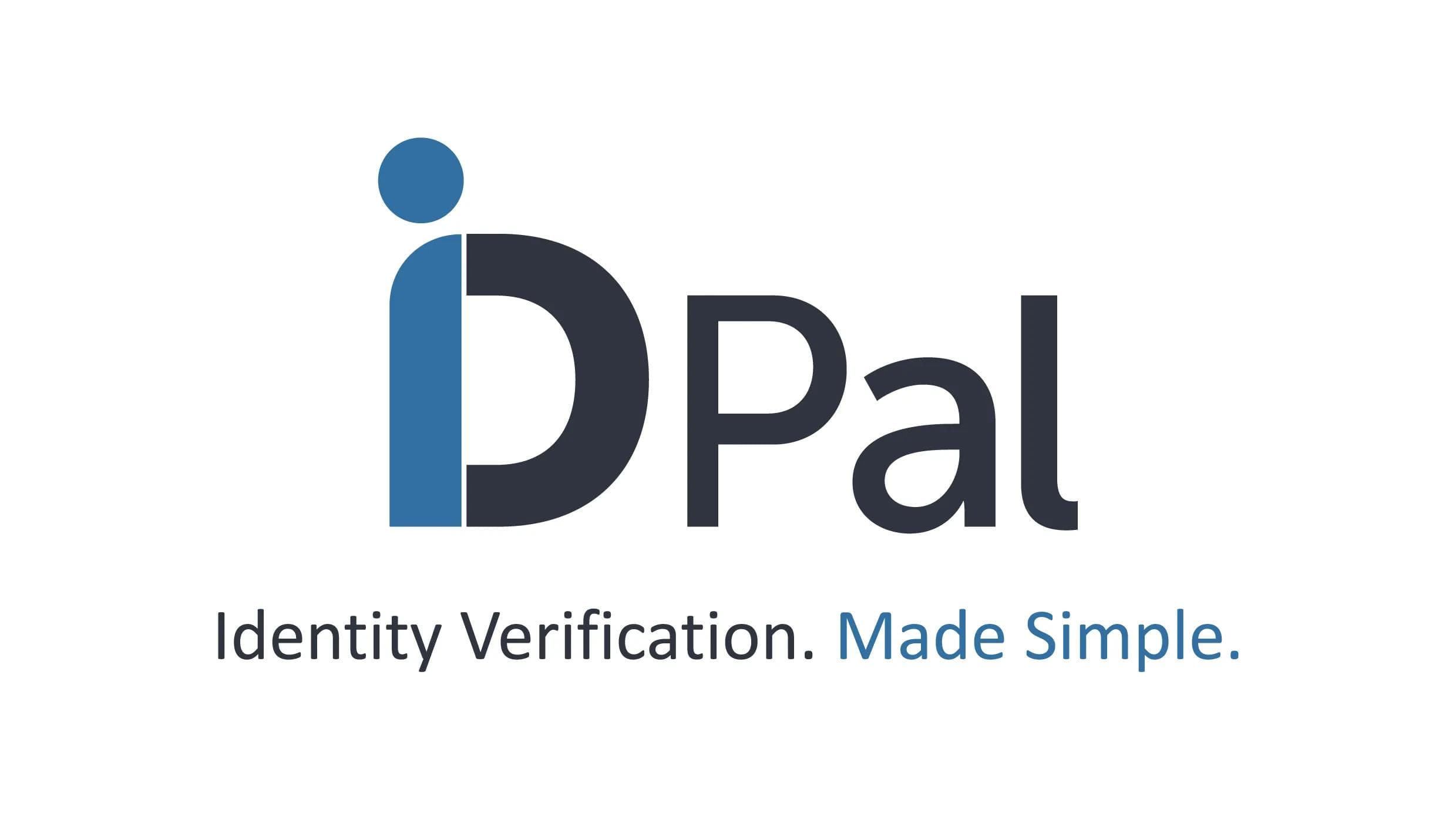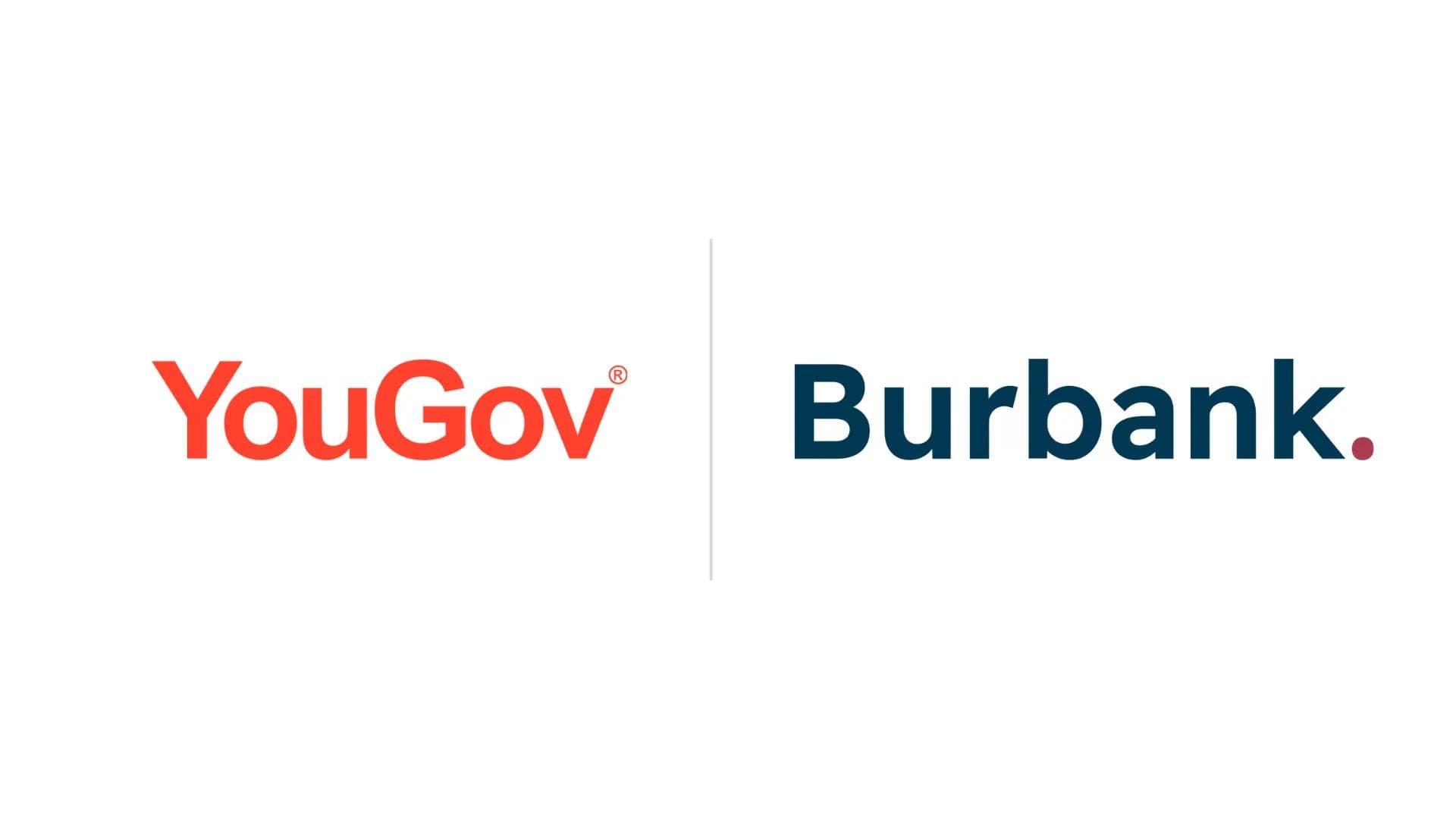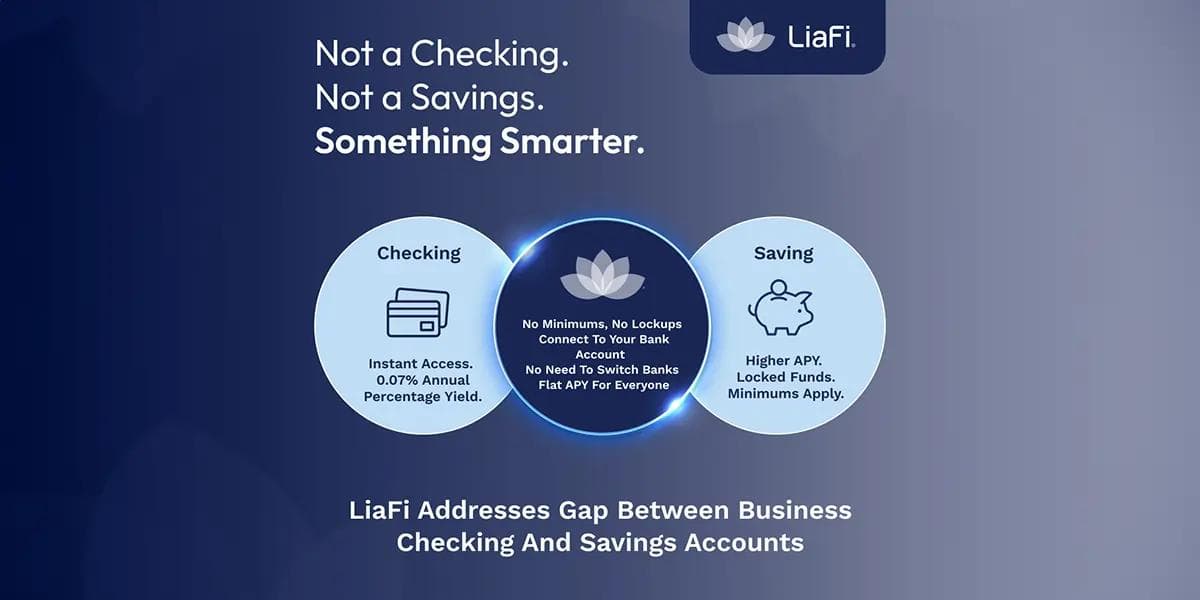INTEGRATED PAYABLES: RAISING THE BAR ON CUSTOMER EXPERIENCE
INTEGRATED PAYABLES: RAISING THE BAR ON CUSTOMER EXPERIENCE
Published by Gbaf News
Posted on June 21, 2017

Published by Gbaf News
Posted on June 21, 2017

NEW YORK – Celent has released a new report titled Integrated Payables: Raising the Bar on Customer Experience. The report was written by AlenkaGrealish, a Senior Analyst with Celent’s Banking practice.
With demand and supply aligning, the time is ripe to invest in integrated payables. Given banks’ increasing drive to differentiate, Celent expects the adoption of integrated payables to increase from around 3% of total B2B addressable payments value in 2016 to nearly 6% by 2020.
“Supply,” the ability to deliver reliable, results-driven (i.e., migration from check to e-payments and material cost savings) solutions to small and mid-market companies has been proven. “Demand” from companies has been not only unmet, but also is now increasing, driven by rising fraud exposure and cybersecurity risks, increasing payments complexity, and pressure to operate more efficiently.
A successful partner selection process is part art and part science. The art is in judging how collaborative and flexible the partner is in areas such as integration with the bank and revenue sharing. The science is being as data-driven as possible.
“For banks, the strategic key to success is shifting from selling product to embedding their services in the financial workflow of their customers. An integrated payables offering can be their catalyst,” commented Grealish.
“The time is nigh to invest in digitizing the financial supply chain because it will be hard to displace early movers,” she added.
Mapping Integrated Payables Models

Source: Celent analysis
NEW YORK – Celent has released a new report titled Integrated Payables: Raising the Bar on Customer Experience. The report was written by AlenkaGrealish, a Senior Analyst with Celent’s Banking practice.
With demand and supply aligning, the time is ripe to invest in integrated payables. Given banks’ increasing drive to differentiate, Celent expects the adoption of integrated payables to increase from around 3% of total B2B addressable payments value in 2016 to nearly 6% by 2020.
“Supply,” the ability to deliver reliable, results-driven (i.e., migration from check to e-payments and material cost savings) solutions to small and mid-market companies has been proven. “Demand” from companies has been not only unmet, but also is now increasing, driven by rising fraud exposure and cybersecurity risks, increasing payments complexity, and pressure to operate more efficiently.
A successful partner selection process is part art and part science. The art is in judging how collaborative and flexible the partner is in areas such as integration with the bank and revenue sharing. The science is being as data-driven as possible.
“For banks, the strategic key to success is shifting from selling product to embedding their services in the financial workflow of their customers. An integrated payables offering can be their catalyst,” commented Grealish.
“The time is nigh to invest in digitizing the financial supply chain because it will be hard to displace early movers,” she added.
Mapping Integrated Payables Models

Source: Celent analysis
Explore more articles in the Top Stories category











